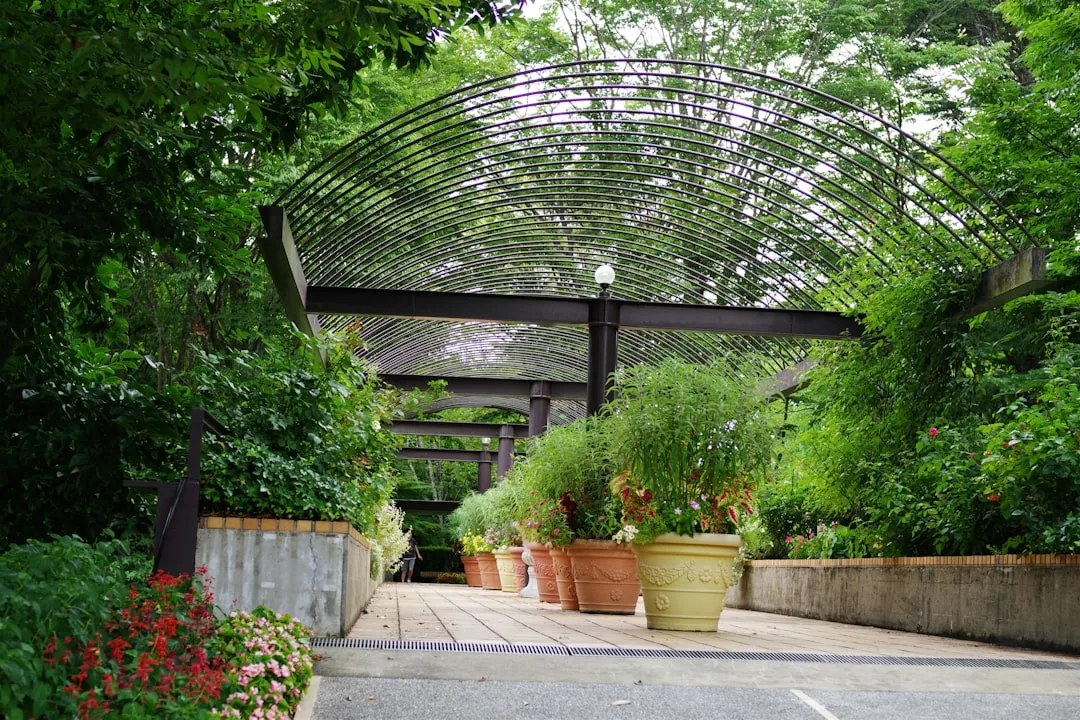The Enchanting World of Morning Glories

Morning glories are a beloved addition to many gardens, known for their vibrant colors and delicate, trumpet - shaped flowers. There are both annual and perennial types of morning glories, each with its own unique characteristics and growing requirements. In this article, we will explore the most commonly grown morning glory vines and what you need to know to cultivate them successfully.
Annual morning glories are perhaps the most popular choice among gardeners. They are known for their rapid growth and prolific blooming. One of the most well - known annual morning glory varieties is Ipomoea purpurea. This species features a wide range of colors, including purple, pink, blue, and white. The seeds of Ipomoea purpurea are relatively easy to sow, and they germinate quickly, often within a week or two. These morning glories thrive in full sun and well - drained soil. They are also excellent climbers, making them a great choice for covering trellises, fences, or arbors.
Another common annual morning glory is Ipomoea tricolor. It is famous for its large, sky - blue flowers with a white or yellow throat. The flowers of Ipomoea tricolor open in the morning and close by the afternoon, hence the name “morning glory.” This variety requires a bit more care than Ipomoea purpurea. It prefers a warmer climate and may need some protection from cold temperatures. However, with the right conditions, it can produce a spectacular display of flowers throughout the summer.
Perennial morning glories, on the other hand, offer the advantage of coming back year after year. Ipomoea indica is a popular perennial species. It has large, heart - shaped leaves and produces beautiful purple or blue flowers. This morning glory is native to tropical and subtropical regions, so it may not be suitable for colder climates. In areas with mild winters, Ipomoea indica can grow into a large, sprawling vine. It needs plenty of space to spread out and can be trained to climb on structures.
When it comes to growing morning glories, proper soil preparation is crucial. Morning glories prefer soil that is rich in organic matter and well - drained. Before planting, it is a good idea to add compost or well - rotted manure to the soil. This will help improve the soil structure and provide essential nutrients for the plants. Morning glories also require full sun to produce an abundance of flowers. They should be planted in a location that receives at least 6 - 8 hours of sunlight per day.
Watering is another important aspect of morning glory care. While they are relatively drought - tolerant once established, they still need regular watering, especially during dry spells. However, overwatering can lead to root rot, so it is important to let the soil dry out slightly between waterings. Fertilizing morning glories can also help promote healthy growth and blooming. A balanced, all - purpose fertilizer can be applied every few weeks during the growing season.
Pruning is not always necessary for morning glories, but it can help keep the plants in shape and encourage more branching. If the vines become too long or unruly, you can trim them back. This will also help prevent the plant from becoming too top - heavy and falling over. Additionally, removing spent flowers can encourage the plant to produce more blooms.
Morning glories are also attractive to pollinators such as bees and butterflies. Their bright colors and sweet nectar make them a favorite among these beneficial insects. By planting morning glories in your garden, you can help support the local ecosystem and add a touch of beauty to your outdoor space.
In conclusion, whether you choose annual or perennial morning glories, these vines can add a splash of color and charm to any garden. With their rapid growth, beautiful flowers, and ability to attract pollinators, morning glories are a wonderful choice for both novice and experienced gardeners. By following the proper care and cultivation techniques, you can enjoy a stunning display of morning glory flowers year after year.